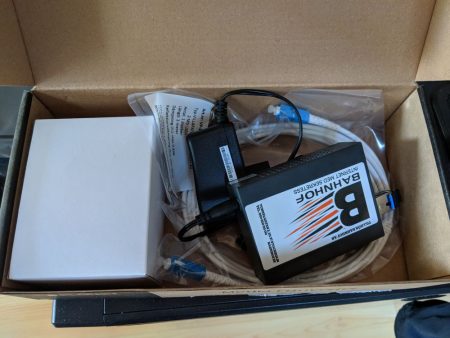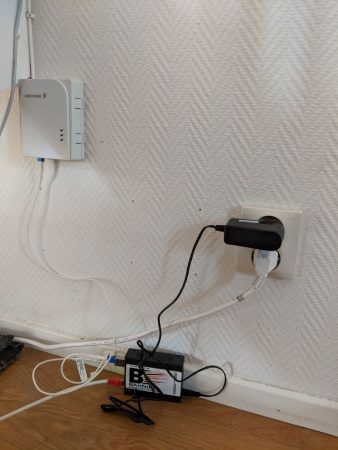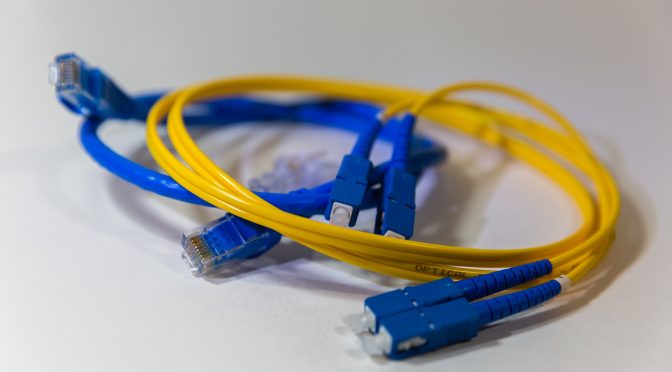A little over six years since I got the fiber connection installed to my house. Back then, on a direct question to my provider, they could only offer 100/100 mbit/sec so that’s what I went with. Using my Telia Öppen Fiber and Tyfon (subsequently bought by Bahnhof) as internet provider.
In the spring of 2017 I bumped the speed to 250/100 mbit/sec to see if I would notice and actually take advantage of the extra speed. Lo and behold, I actually feel and experience the difference – frequently. When I upgrade my Linux machines or download larger images over the Internet, I frequently do that at higher speeds than 10MB/sec now and thus my higher speed saves me time and offers improved convenience.
However, “Öppen Fiber” is a relatively expensive provider for little gain for me. The “openness” that allows me to switch between providers isn’t really something that gives much benefit once you’ve picked a provider you like, it’s then mostly a way for a middle man to get an extra cut. 250mbit/sec from Bahnhof cost me 459 SEK/month (55 USD) there.
Switching to Bahnhof to handle both the fiber and the Internet connection is a much better deal for me, price wise. I get an upgraded connection to a 1000/1000 mbit/sec for a lower monthly fee. I’ll now end up paying 399/month (48 USD) (299 SEK/month the first 24 months). So slightly cheaper for much more speed!
My household typically consists of the following devices that are used for accessing the web regularly:
- 4 smart phones
- 1 iPad
- 4 laptops
- 3 desktop computers
- 1 TV computer
Our family of 4 consumes around 120GB average weeks. Out of this, Youtube is the single biggest hogger with almost 30% of our total bandwidth. I suppose this says something about the habits of my kids…
Out of these 13 most frequently used devices in our local network only 5 are RJ45-connected, the rest are WiFi.
Switch-over
I was told the switch-over day was May 15th, and at 08:28 in the morning my existing connection went away. I took that as the start signal. I had already gotten a box from Bahnhof with the new media converter to use.

I went downstairs and started off my taking a photo of the existing installation…

So I unscrewed that old big thing from the wall and now my installation instead looks like

You can also see the Ethernet cable already jacked in.
Once connected, I got a link at once and then I spent another few minutes to try to “register” with my user name and password until I figured out that my router has 1.1.1.1 hardcoded as DNS server and once I cleared that, the login-thing worked as it should and I could tell Bahnhof that I’m a legitimate user and woof, my mosh session magically reconnected again etc.
All in all, I was offline for shorter than 30 minutes.
Speeds and round-trips
These days a short round-trip is all the rage and is often more important than high bandwidth when browsing the web. I’m apparently pretty close to the Stockholm hub for many major services and I was a bit curious how my new operator would compare.
To my amazement, it’s notably faster. google.com went from 2.3ms to 1.3ms ping time, 1.1.1.1 is at 1.3ms, facebook.com is 1.0ms away. My own server is 1.2ms away and amusingly even if I’m this close to the main server hosting the curl web site, the fastly CDN still outperforms it so curl.haxx.se is an average 1.0ms from me.
So, the ping times were notably reduced. The bandwidth is truly at gigabit speeds in both directions according to bredbandskollen.se, which is probably the most suitable speed check site in Sweden.
A rather smooth change so far. Let’s hope it stays this way.





